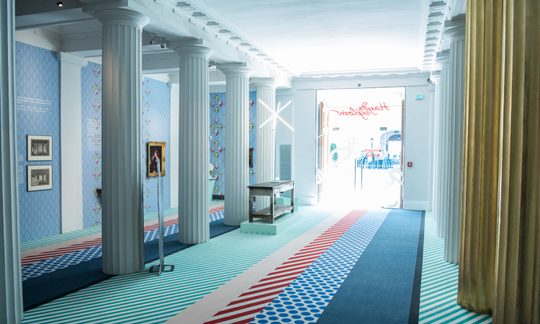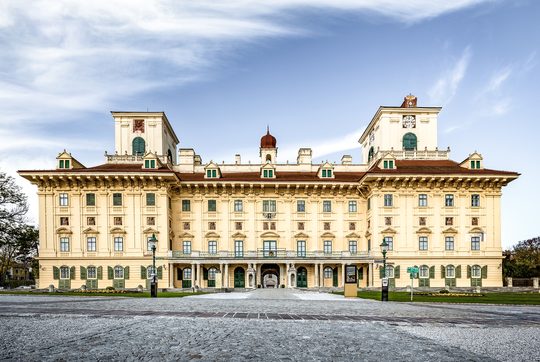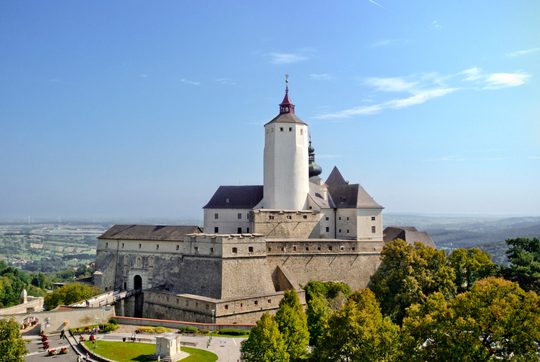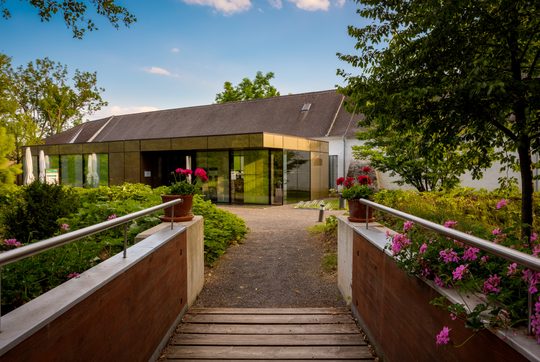Haydn explosive. Music from revolutionary times.

Opera composing was one of Haydn’s main assignments; the works stilled the pronounced appetite of Prince Nicholas I the Magnificent for prestigious opera performances. Haydn concentrated mainly on opera buffa; he put the works of the great writer Carlo Goldoni to music, thus injecting an Italian flair into opera productions at Esterhaza Palace.
New, rare exhibits and exciting mulimedia installations
On show are objects that impressively illustrate the musical life established by the Maestro at the Esterházy court, including original programmes for the opera performances in Esterháza and an autograph document, an invoice, in which Haydn calculates his remuneration for composing his first opera “Acide”. Important operas by Haydn such as Orlando Paladino and the comic opera Il mondo della luna are on view in multimedia versions and in the ceiling installation covering the whole room.
The new multimedia show includes veritable highlights from the Esterházy Collections: the neoclassical ornamental cabinet, made by commission from Prince Nicholas II for holding a flute clock or one of the few preserved musical instruments of Haydn’s era – the recently restored grand fortepiano made by the Viennese craftsman Matthias Müller; there is documentary evidence that it was installed in 1805 in the salon of Princess Maria Josepha Hermenegilde.
With the focus on opera, the exhibition “Haydn explosive *2013: His Fantastic World of Opera” shows completely new aspects of Joseph Haydn and one of the cultural predilections of the Esterházy family, which they pursued with such impassioned fervour in the eighteenth century. So it’s well worth another visit!





